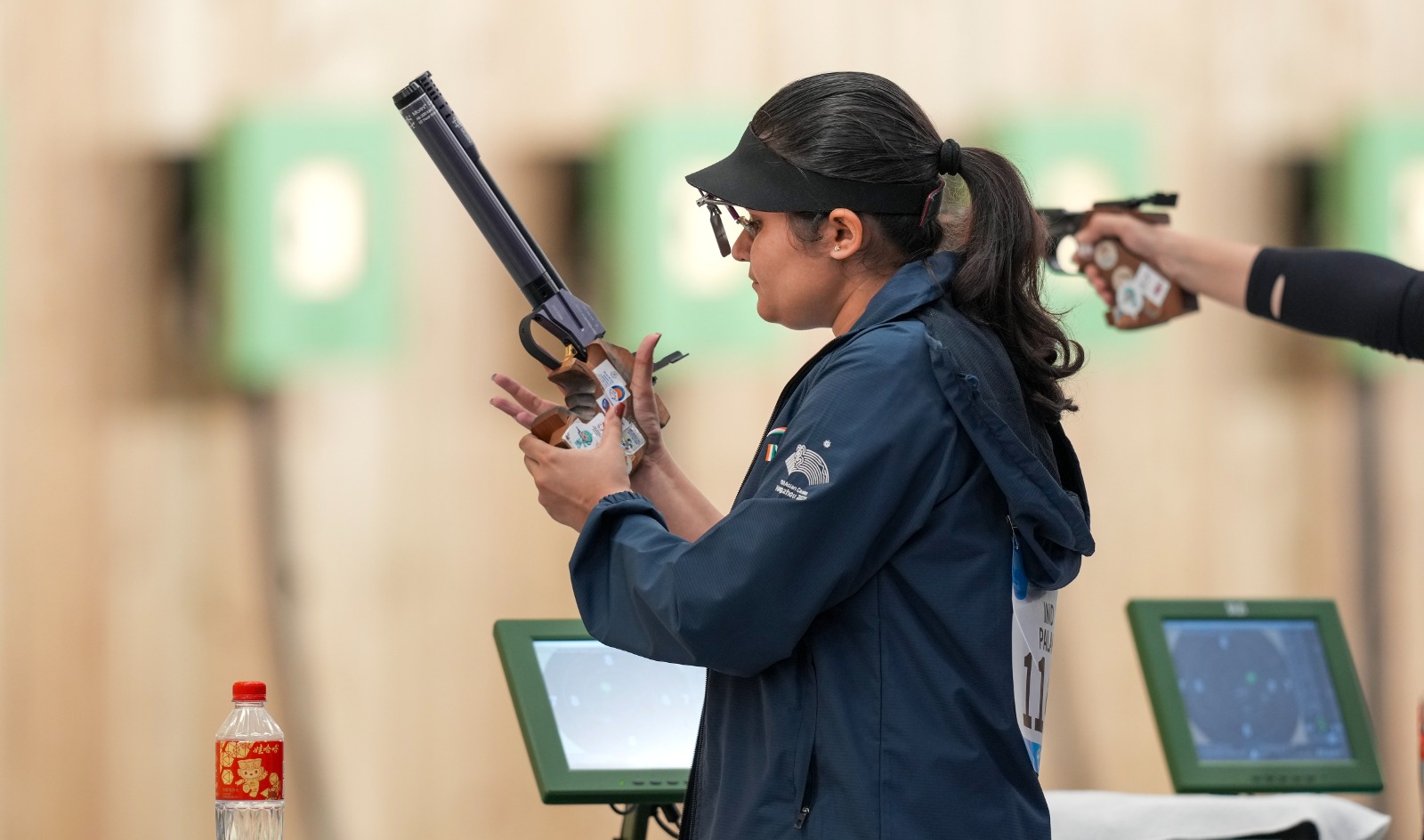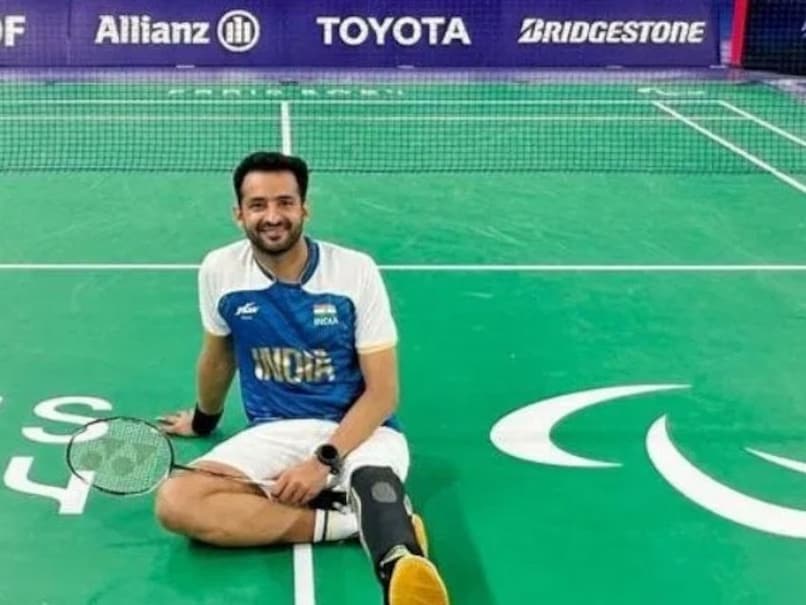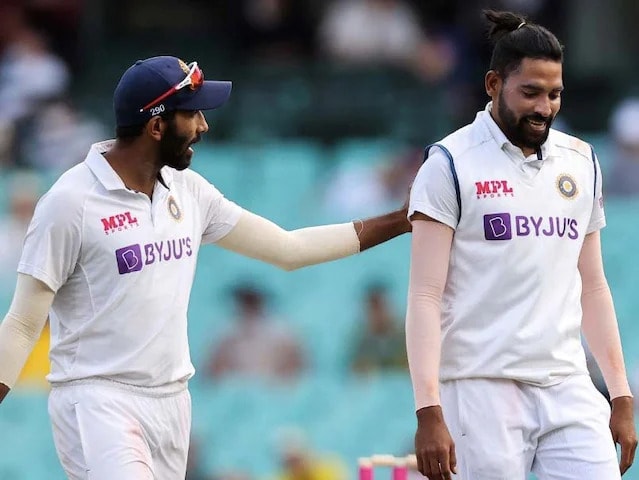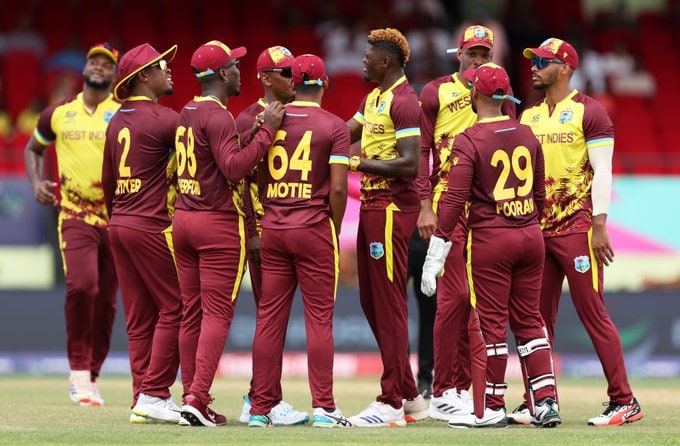Rishabh Pant has “no injury concerns” and is set to keep wickets for India while the team will decide on Jasprit Bumrah’s workload after the second Test against New Zealand starting here on Thursday, said head coach Gautam Gambhir. Pant copped a blow on the second day of the opening Test in Bengaluru and was replaced by Dhruv Jurel behind the wickets. Pant returned to score a fine century but did not keep wickets.
Pant had a hit at the nets and also had a wicket-keeping drill with Gambhir on Tuesday.
“Absolutely,” Gambhir said on Wednesday when asked if everything was fine with the wicketkeeper-batter.
“I think he’s going to keep wickets tomorrow. (There are) no other fitness concerns,” he added.
Bumrah has played each of the three Tests at home this season and with the Australia tour less than a month away, India will decide on resting the ace fast bowler after the second Test.
“Once the series is over, we still have around 10 or 12 days before the (first) Test starts in Australia. That is enough break for our fast bowlers as well. But we will still monitor after this Test match where Jasprit Bumrah is,” Gambhir said.
“But it’s not only about Jasprit Bumrah. It’s about all the fast bowlers as well. We want to keep them fresh. We know that obviously we’ve got a long tour and an important tour of Australia.
“Workload management will definitely depend on what the outcome of this Test match is and how much have they bowled in this match,” he added.
Gambhir said that Shubman Gill, who missed the Bengaluru Test due to stiffness in his neck, will play the match as the No. 3 batter has attained full match fitness.
“Shubman Gill isn’t coming into the side, he was already there. He was injured in the last match. It’s not the case that he’s new to the team. Because of the injury, he didn’t play the last match. He had an issue with his neck.
“Given how he performed against Bangladesh, he will come back into the playing XI. The rest of the team will be decided tomorrow (Thursday morning before toss),” he said.
Gambhir underlined his coaching philosophy of putting more emphasis on wins even against all odds, as India staged a remarkable fightback in Bengaluru.
“This is why we call cricket and sports as big levellers. If you enjoyed such days as we did in Kanpur, then you will have to accept such days as we did in Bangalore,” he said.
“But the good thing was that despite being all out for 46, we were still looking to win the Test — that was important. This is the way we want to play cricket. I have said before (also) that our first option will always be to win and the second option will be to draw.” “There was no such intention in the second innings that we were looking to play out the next two-and-a-half days. We were thinking about how to make the match out of it and if you ask me, we were probably 100 runs away,” he added.
Gambhir said India showed the intent with which they want to play Test cricket in the opening match.
“I don’t think there will be many teams who will be thinking like this even after being shot out for 46, when you have to bat more than two-and-a-half days but this is the quality (we have) and this is the kind of cricket we want to play in the future,” he said.
Gambhir said batting to save a Test is not likely anymore since T20 cricket has made batters more aggressive.
“To a certain extent, it’s good because when I batted in Napier, the T20 format was just introduced,” said India’s 2007 T20 World Cup winner.
“Now, with so much of T20 cricket around, you expect players to be more aggressive. The game has changed and we have to accept that as well. We will need a lot of temperament and a lot of mental toughness to bat for two or two-and-a-half days.
“But again, if the decision of the leadership group or the team management is to just go there and still try to win the game, that is very important.” “Had we decided to bat two-and-a-half days, the guys would have batted much differently. But the intention was always to make the game out of it, irrespective of where we are (and) how much behind we are in the game,” he added.
Topics mentioned in this article

















